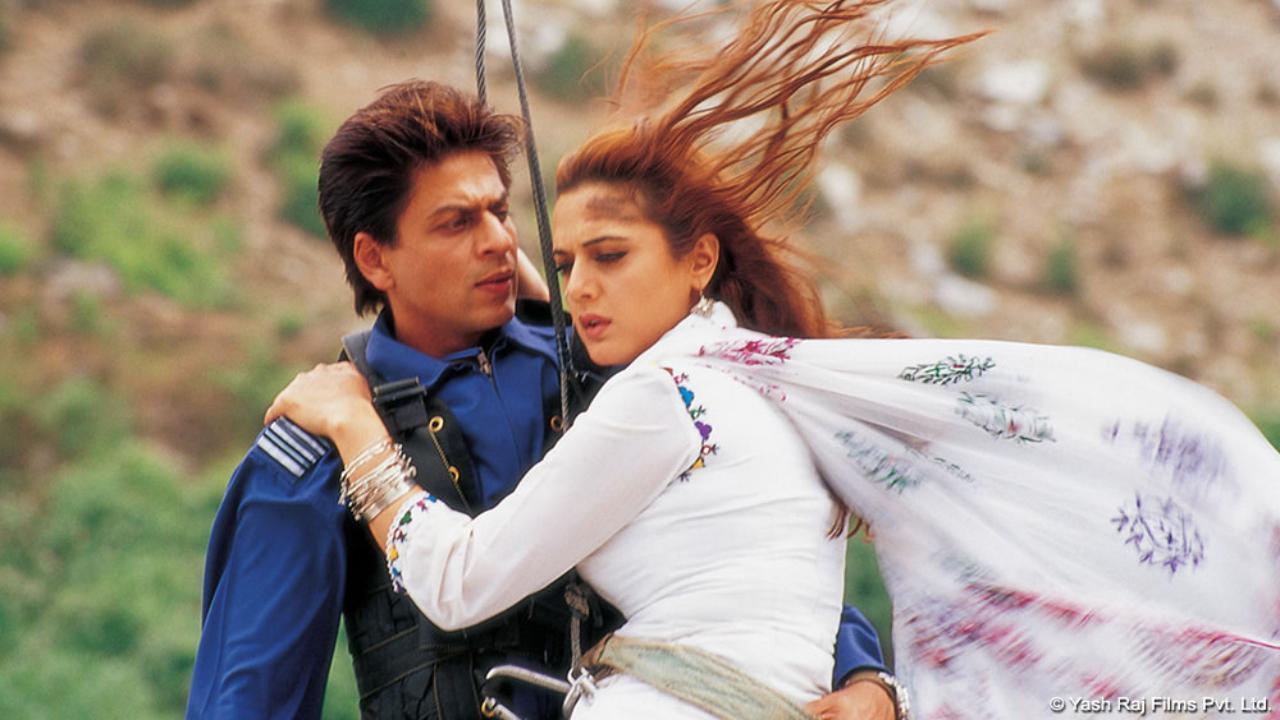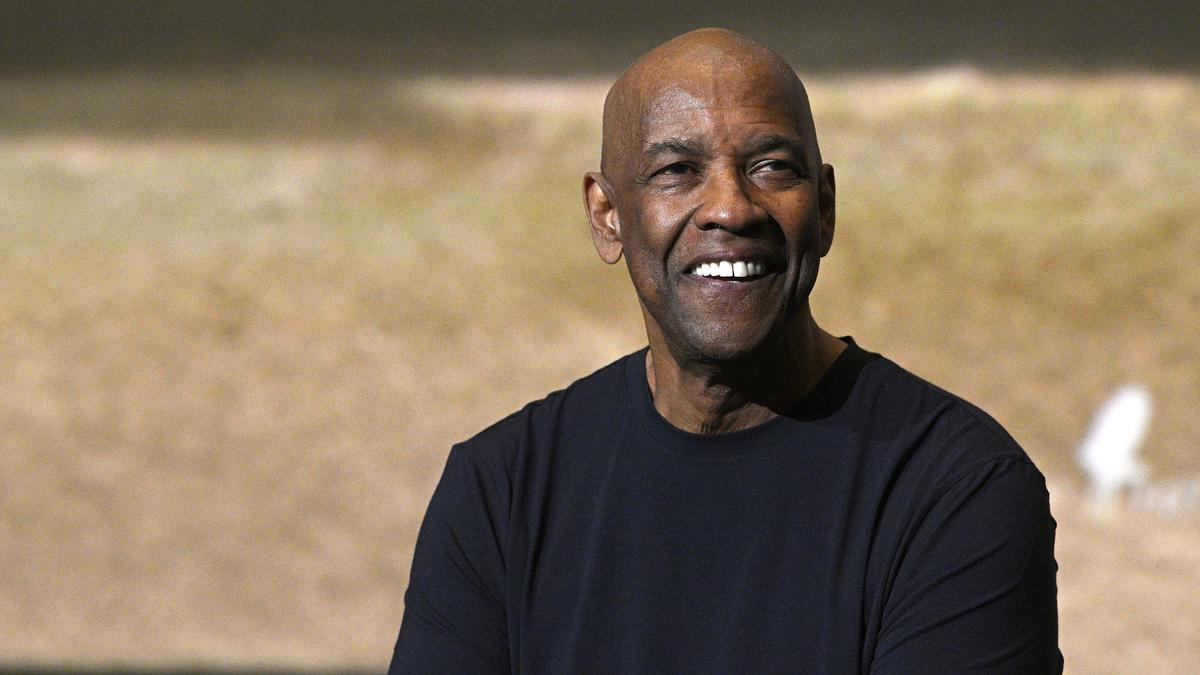
Recent discourse in the Hindi cinema world has reignited a debate centered on the upcoming biopic of Amar Singh Chamkila, the iconic Punjabi singer whose music resonated deeply with the everyday struggles and vitality of rural Punjab. Renowned for influencing the soundscape with his piercing lyrics and dynamic performance style, Chamkila’s life and artistic vision have now become a subject of cinematic portrayal by the combined efforts of musical maestro A.R. Rahman and acclaimed director Imtiaz Ali. Amidst this attention, the nuanced depiction of Chamkila’s cultural identity has sparked conversations and critiques.
At the crux of this debate is the performance of Diljit Dosanjh, who has made the decision to shed his turban for the role of the Dalit Sikh, drawing ire from various quarters on social media. These voices remind us of Dosanjh’s earlier commitment to never forsake his turban for a film part, contrasting with his present decision that aligns with capturing the true essence of Chamkila, who himself was turbanless.
The practice of actors adopting the crucial cultural and religious insignia of their characters is historically embedded in Hindi cinema. From Aamir Khan’s portrayal of Mangal Pandey, complete with tikka and sacred thread, to Paresh Rawal’s embodiment of a faithful Muslim in Road To Sangam, on-screen representations have often transcended personal identities of actors for narrative authenticity. In another recent portrayal by Dosanjh in Ali Abbas Zafar’s Jogi, his character cuts his hair to illustrate the traumatic dilemmas faced by Sikhs during the Delhi riots, without drawing censure. This has led many to muse whether the objections to Dosanjh’s portrayal of Chamkila are more about his prior public declaration or the intricacies of playing a Ravidasia Sikh.
Chamkila’s story is marked by a dramatic and mysterious end at the tender age of 27, culminating in various conjectures surrounding his assassination. Questions related to whether he was targeted by separatists offended by his explicit lyrics, by industry rivals threatened by his dominance, or as retribution for societal transgressions are all steeped in the politics of identity and power.
Chamkila’s caste identity, as a Dalit asserting control over cultural resources, plays an indubitable role in the interpretation of his art and the controversies that ensued. His music often reflected on, and perhaps challenged, the prevailing social norms of a class undergoing a ‘purification’ process in the 1980s. The lack of an official investigation into his murder coincided with a period marked by silencing of dissent, seen in the killings of leftist poets who voiced the rights of laborers against the backdrop of religious extremism.
In contemporary Punjab, the legacy of caste has persisted despite historical directives aimed at dissolving those boundaries. This dichotomy is palpable, with gurudwaras maintaining separate entrances and villages clearly divided along caste lines. Even as Dalit Sikhs have ascended to positions of political leadership, the social and economic stratification post-Green Revolution tells a tale of persistent disparity, especially for landless Dalit workers and the Jatt Sikh landlords.
The portrayal of this social complexity remains scarce in the Punjabi film industry, which is largely dominated by the Jatt narrative. Films like Gurvinder Singh’s Anhey Ghorey Da Daan and Kabir Singh Chowdhry’s Mehsampur, drawing upon Chamkila’s life, count among the few that shed light on the marginalized voices from within the region’s intricate tapestry.
Chamkila’s music transcended the literal, embodying visceral themes of illicit relationships, substance abuse, and domestic struggles within a feudal backdrop. His lyrics, sometimes presented with a playful levity, gnawed at the fabric of the society they portrayed. His songs illustrated cultural contradictions and the covert dynamics of power, love, and desire in a manner reminiscent of the uncompromising narratives explored in Indian cinema by filmmakers like Shyam Benegal and Govind Nihalani.
The farming culture of Punjab, closely intertwined with its music, offered both a stage and a mirror for an artist like Chamkila, whose live performances captured the raw heartbeat of the land. The continuing relevance of his music, according to Professor Krantipal, rests in its authenticity and connection with the common people. Chamkila shaped an image of the empowered woman, melding femininity with bold expressions of desire, tapping into the zeitgeist of rustic sensibilities.
With Amar Singh Chamkila’s life now being cinematically explored, the hope is that the narrative will not only revive interest in Punjab’s folk tales and music but will also contribute to a broader understanding of complex social relations that have long permeated the cultural landscape. Chamkila’s music, while not adhering to classical notions of progressivism, escapes easy categorization, remaining a sincere reflection of the soil from which it sprung. The upcoming film is anticipated to continue this tradition, offering a lens into the powerful undercurrents of Punjab’s social fabric that have historically influenced its literature and folklore.










